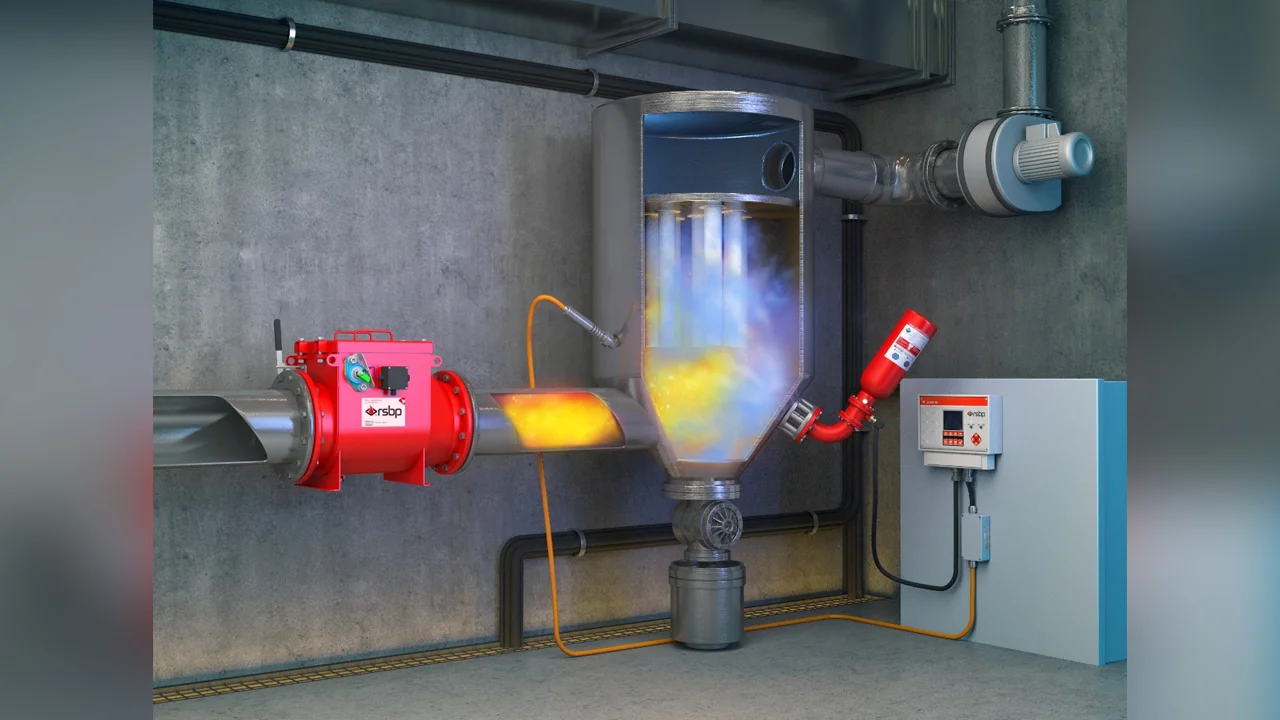Every business and place of work relies on safety. Be it financial safety, social safety, or physical safety. It is something companies need to proactively focus on so that no regrettable accidents occur in the future.
Industrial safety should be and is the topmost priority for most enterprises, factories, and industries. Be it cottage industries or large-scale manufacturing plants, it is the duty of every business owner to ensure safe working conditions to protect the lives of the people working and assets present on site.
What is Factory / Industrial Safety?
Industrial safety systems are usually countermeasure systems that come into action if there is a mishap, accident, explosion, fire or if the process control systems fail. These safety systems when installed try to work on elimination of the causes of accidents. But, if it is not possible to completely eliminate the cause of accidents, safety systems make arrangements to shield any hazardous using guards, enclosures, safety valves, or similar arrangements.
The Factories Act of 1948 in the Indian Constitution has already laid out a robust set of guidelines that give industries a fair idea of what they need to do to make sure that their sites are safe spaces to work in. Factory Safety comprises of things such as
- General Safety
- Safety from mechanical equipment
- Safety from electrical equipment
- Safety from explosive / radioactive material
- Safety from hazardous chemicals / pollutants
In this blog we will be specifically focusing on fire and explosion damage, its technicalities, and how one can safeguard themselves from such mishaps.
Importance of Explosion Protection Systems
Precautionary measures that prevent explosions and fires are extremely important as lack of the same can result in loss of property, money, assets and most importantly, lives. The damage a volatile fire can cause around sensitive materials and equipment may take months to recover from if not years. It is always better to invest in your safety now and get your workspaces professionally safeguarded.
Fire and explosions are no child’s game, which is why you should trust the experts and let them equip you with the best precautionary measures available in the market. A small investment made now will save you money in repairs, replacements, and damages in the future. It will also guarantee peace of mind for multiple years to come.
Fire & Explosion Damage
Working with industrial machines, high temperatures, volatile chemicals, flammable material etc. is all very common in a usual factory set up. However, these materials are extremely dangerous and can cause devastating accidents, mishaps, injuries, loss of life and damage of assets even if one exercises the utmost care. Which is why it is essential to equip a plant with the best safeguards possible and understand the industrial terminology and classifications put in place for fire and explosion damage.
There are special zone classifications to determine how likely an explosion is to occur in a certain space depending on the material and dust present in the area. The classification is as follows:
- Zone 0 – Where explosive material is present continuously for a long period of time. last for a short period of time.
- Zone 1– Where explosive material is likely to occur occasionally. Usually due to maintenance or repair work.
- Zone 2 – Where explosive material is not likely to occur at all. Even if it does occur it will last for a short period of time.
Dust Explosion Zones
Apart from these 3 zones there are also 2 special dust explosion zones (Zone 21 and Zone 22).
Dust explosions happen due to static charge developed between explosive dust particles or when a high concentration of dust particles in the atmosphere catch fire due to the presence of sufficient amount of oxygen and a source of ignition. The heat transfer generates a chain reaction and as a result there are chances of explosion on a large scale.
Here is how combustible dusts are classified:
Combustible dusts are classified into 4 categories as per their severity St0, St1, St2, St3. St0 is the zero / lowest risk and St3 is the highest risk.
| Classification* | KST** Value |
|---|---|
| St0 | 0 |
| St1 | 0-200 |
| St2 | 201-300 |
| St3 | 300 & Above |
*“St” standards for the German word “Staub” which means “dust”.
**KST, aka deflagration index of a dust, is a generalized number used to estimate the anticipated behavior of dust explosion. It indicates a dust’s approximate explosive power compared to other dusts. A high KST value means that the severity of an explosion is higher.

Apart from KST there is also a value called PMax (Maximum Explosion Overpressure) which is the value to determine how much damage a particular concentration of dust can do in a closed vessel. The difference between KST and PMax is that KST also considers the size of the vessel.
When an explosion starts, the fuel is present in the highest quantity, the combustion accelerates and the pressure within the vessel rises at a high rate. Eventually the maximum rate of pressure rise will be reached, and as the fuel gradually runs out the rate of pressure rise will reduce. Relief vents or rupture discs on a vessel need to be designed keeping in mind the explosion severity. The higher the maximum rate of pressure rise, the more severe the explosion.
Generally KST is calculated as:
KST= (dP/dt) max * V 1/3 (therefore the unit for KST becomes bar.m/sec)
From this we can work out the size of the explosion vent or rupture disc that needs to be installed to keep the equipment and systems safe.


